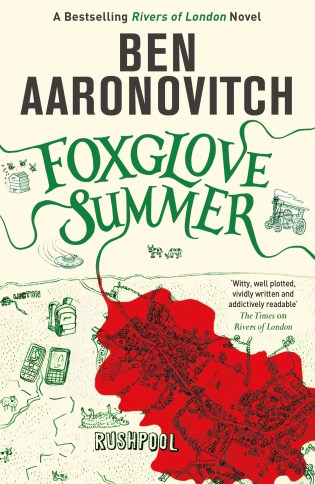Framing: get it right to tell your movie's story
Understanding how to properly frame your shots is at the core of photography and cinema fundamentals. Framing is the way you draw attention to your subject by using the space and environment within the shot to create an overall aesthetic
appeal.

Each scene in a movie tells a story and within the story, each frame is composed of thoughtful lines, points, and spaces designed to purposefully draw attention to the subject. Here are a few of the key laws on framing—you are not required to slavishly abide by them, so long as you fully understand them, and why they work. Feel free to experiment!
Full
When capturing a full shot, the entire subject will be in the frame. Always remember to keep the whole body (including the feet of your subject) in a full shot. As a fundamental guideline, you should never cut a shot of a person at the joints, such as at the knees, elbows, or hands. This type of framing looks unnatural and can turn out to be very unflattering for the subject. Oftentimes, a full shot is used as an establishing shot. The full shot sets the scene, giving exposition to the story, for example revealing the time of day, season, and geographical position.
A full shot can also help the audience gain insight into who the character is by showing clothing, body language, interaction with people, and other unique idiosyncrasies. Full shots require sufficient lighting of the whole person and this will require further attention because there are more elements to consider. Keep this factor in mind when shooting full shots.
An establishing shot of some sort is almost always the first shot of any movie to provide the audience with a context for the following scenes. Where is the location? When is this taking place? Who are the characters? What are they doing? Your establishing shot relays this information to the viewer and gives meaning to the storyline. Even a documentary or news report will usually open with an establishing shot showing “who, what, where, when, and why.” There is no true formula to shooting an establishing shot, so you can be creative with this aspect of your video.
Medium-full and Medium
The medium-full shot is more intimate than a full shot, orientating the audience as to the subject’s position in the scene, and identifying their relative position to other key elements of the scene. This type of frame will typically cut your subject somewhere between the thighs and waist.

A medium shot will normally show a character from the waist up, and should show the face of the subject clearly enough to depict the facial expressions. Medium shots are a great opportunity to bring dynamic camera movements into your video. A slider or jib can turn an average medium shot into a moving experience. Shots like these are easy to achieve with the proper equipment and will elevate your video to a professional level.
Close and close-up
The close and close-up shot are relative to what the story is pointing to and capture the emotion and reaction of your subject. Normally, an establishing shot comes before or after the close and close-up shots within a sequence. If you skip the establishing shot altogether and only show the close shot of a subject, no context is provided and the storyline as clear.

Within a close shot, facial features and expressions are emphasized. A close shot will be somewhere around the breast area and above, whereas a close-up is from the neck up with a tight crop on the head. A more detailed and telling story is conveyed and insight into the main subject is drawn out on a deeper level.
Extreme close-up
An extreme close-up might cut the subject off around the forehead and chin. Anything around a frame this tight or closer will be considered an extreme close- up. This type of shot is intended to reveal the most intimate features on the face and can really give the viewer insight into the emotions and characteristics of the subject.
The Moviemaking With Your Camera Field Guide is Olivia Speranza’s guide that shows you how you can build on what you already know to create truly spectacular movies with your camera in whatever genre you choose. It introduces everything from the language of film and basic equipment you will need, to the art of post-production and publishing your new work.
 The Moviemaking With Your Camera Field Guide
The Moviemaking With Your Camera Field Guide
Olivia Speranza
Buy it now!
RRP for print edition: £8.99




